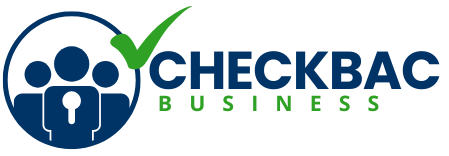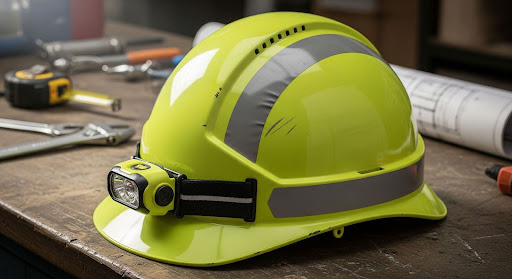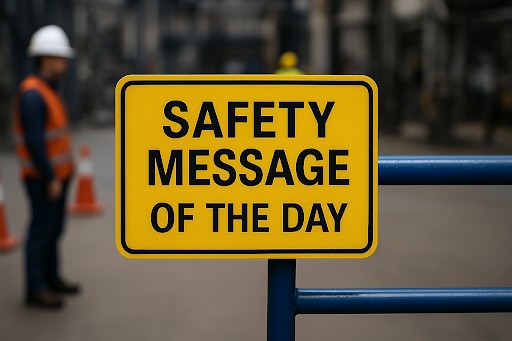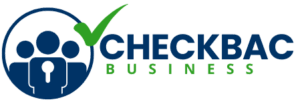If you lead crews or manage a jobsite, 100 Safety Topics for Daily Toolbox Talks gives you a complete, ready-to-use list you can rotate through all year. Toolbox talks are short, focused safety huddles held on site to keep hazards and controls top of mind—they complement, not replace, formal OSHA training.
What Are Toolbox Talks and Why Do They Work?
Toolbox talks are informal, 5–10 minute discussions held before a shift or task change. Used daily, they help supervisors spotlight today’s risks, reinforce safe work practices, and encourage worker questions—an approach supported by industry organizations that train thousands of workers each year.
A strong talk links hazards to controls (Elimination → PPE) using the Hierarchy of Controls, which prioritizes the most effective protections first.

100 Safety Topics for Daily Toolbox Talks
Use this master list as a year-round calendar. Pick one per day, tailor with site examples, and document attendance.
- Stop-work authority
- Near-miss reporting
- Job hazard analysis (JHA) basics
- Hierarchy of Controls overview
- Personal protective equipment (PPE) fit & limits
- Head protection (hard hats)
- Eye/face protection
- Hearing conservation
- Hand protection & glove selection
- Foot protection & slip-resistant footwear
- High-visibility apparel
- Housekeeping to prevent slips, trips, falls
- Walking-working surfaces
- Ladder selection & setup
- Scaffolding basics
- Fall protection: anchors, harness, lanyards
- Leading edges & guardrails
- Aerial lifts & scissor lifts
- Forklift/Powered industrial trucks
- Spotter communication & hand signals
- Crane rigging fundamentals
- Sling inspection & load angle awareness
- Lockout/Tagout (LOTO) principles
- Verifying zero energy (test before touch)
- Electrical cord & GFCI checks
- Arc-flash awareness & boundaries
- Arc-rated PPE basics
- Temporary power & panel housekeeping
- Confined spaces: hazards & permits
- Atmospheric testing order (O₂, toxics, flammables)
- Ventilation and retrieval systems
- Hot work permits
- Fire watch duties
- Extinguisher types & PASS method
- Compressed gas cylinder storage
- Chemical labeling (GHS)
- Safety Data Sheets (SDS) quick read
- Selecting the right respirator
- Fit checks vs. fit testing
- Silica exposure control plan
- Lead awareness
- Asbestos awareness
- Welding fume controls
- Hexavalent chromium basics
- Heat stress: water, rest, shade
- Acclimatization for new/returning workers
- Cold stress & hypothermia prevention
- Sun protection & UV exposure
- Hydration & electrolyte balance
- First aid kits: what’s inside
- CPR/AED awareness (non-certifying)
- Emergency action plans & muster points
- Severe weather procedures
- Fire alarm & evacuation routes
- Spill response basics
- Incident reporting timelines
- Root-cause vs. blame
- Short service employee onboarding
- Pre-task planning (PTP)
- Change management (MOC) on site
- Working around heavy equipment
- Back-in parking & traffic flow
- Spotting pinch points
- Hand tools inspection
- Power tool guards & switches
- Battery tools & charging safety
- Material handling & ergonomics
- Team lifts and mechanical aids
- Knife safety & cut-resistant PPE
- Sharps disposal
- Housekeeping: nails, debris, stray cords
- Waste segregation & recycling
- Dust control & housekeeping vacuums
- Scaffold tags (green/yellow/red)
- Trench safety & protective systems
- Utility locates (811)
- Working near overhead lines
- Barricades, tape, and signage
- Access/egress kept clear
- Elevated work platforms rescue plans
- Site security & visitor orientation
- Lone worker considerations
- Fatigue management & rest
- Stretch-and-flex warmups
- Substance impairment policy
- Mental health and stress awareness
- Defensive driving basics
- Vehicle walk-around inspections
- Trailer hitching & load securement
- Safe backing with a spotter
- Spill kits for vehicles
- Environmental protections (storm drains, BMPs)
- Wildlife & insect stings
- Noise mapping & control
- Laser/UV tool warnings
- Portable heater safety
- Battery energy storage awareness
- Public interface on mixed-use sites
- Leadership: speaking up & listening
- Recognizing and rewarding safe choices
Notes for selected topics:
– For heat: emphasize scheduled breaks and shaded recovery areas; increase rest as heat stress rises.
– For arc flash: define boundaries, verify de-energized state, and use arc-rated PPE as required by NFPA 70E practices referenced by OSHA.
How to Run an Effective Talk (in 5 Minutes)
Plan: Pick one topic tied to today’s tasks; add 1–2 site examples.
Frame with controls: Start at the top of the Hierarchy (can we eliminate or substitute?) before jumping to PPE.
Engage: Ask a “what could go wrong here?” question; listen and capture fixes. CPWR offers one-page talks and short leadership skill videos that build this habit.
Document: Record date, topic, names, and any follow-ups (repairs, training refreshers).
Close: Restate the one behavior change you expect before work starts.
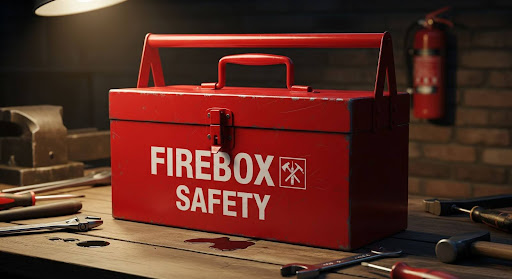
FAQs About Daily Toolbox Talks
1. How long should a toolbox talk last?
Keep it short and focused—about 5–10 minutes—so crews retain key points and start work on time. Many institutions describe toolbox talks as brief, informal discussions that fit into a pre-shift huddle.
2. Are toolbox talks required by OSHA?
OSHA requires employers to train workers on hazards, but it doesn’t prescribe this exact “toolbox talk” format. Daily talks are a widely used best practice to supplement required training and reinforce controls at the point of work.
3. What should I document after each talk?
Record topic, date, crew roster, hazards discussed, and action items (e.g., repair a guard, add signage). This creates a trail showing ongoing hazard identification and control efforts aligned with OSHA’s recommended practices.
4. What makes a talk effective?
Tie the topic to today’s tasks, use a recent incident or near-miss, prioritize higher-level controls (elimination, substitution, engineering) before PPE, and ask workers to identify one improvement you’ll implement immediately.
Wrap-Up: Put 100 Safety Topics for Daily Toolbox Talks to Work
Use this list as a rotating calendar, pair each topic with specific controls from the Hierarchy, and capture actions you’ll take today. When your talks consistently connect hazards to practical controls—and you follow through—safety becomes the way work gets done. And remember, when it comes to fire safety, always ask yourself, “Why is understanding the risks and hazards associated with fires important?” The answer should guide your prevention strategies, response plans, and the confidence your team needs to act quickly in an emergency.
